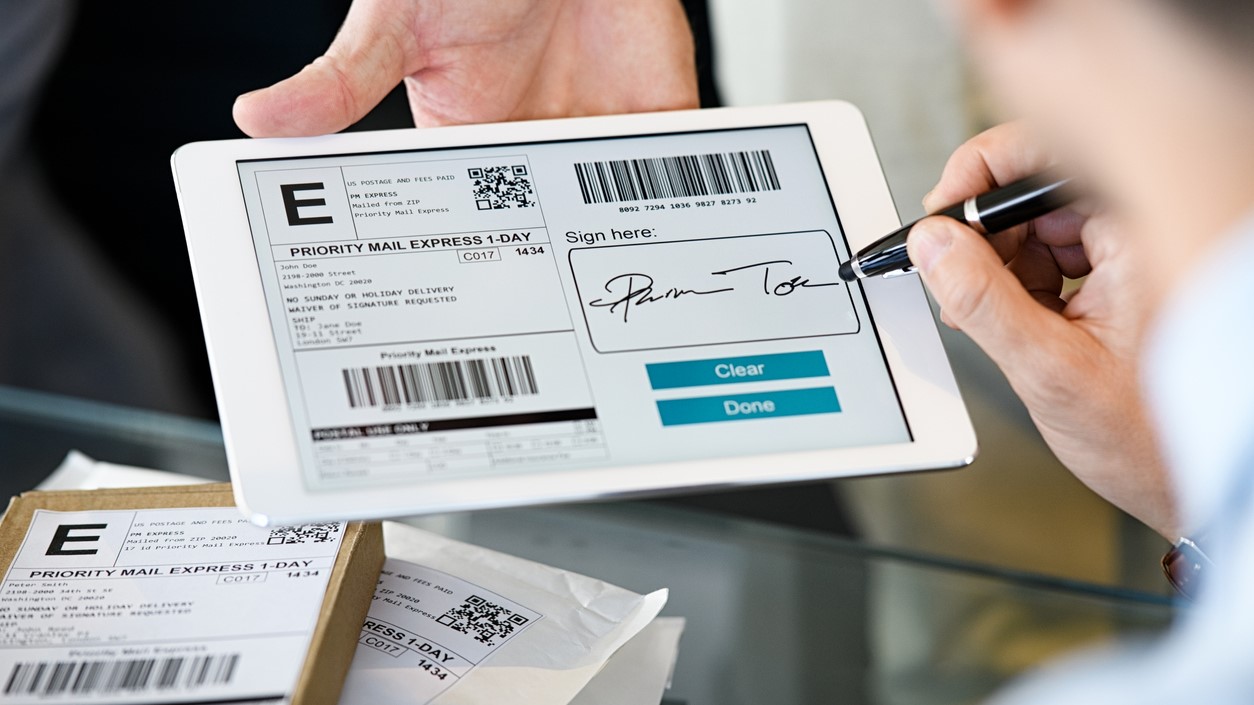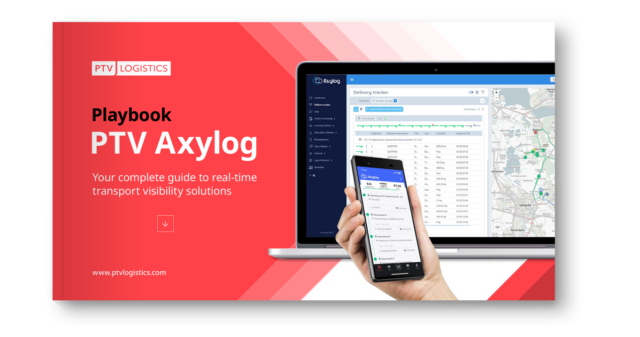One type of technology that may seem simple but can have a massive impact, is electronic proof of delivery software. Increasingly, companies, large and small, are looking to update their manual paper systems to this more streamlined, digital version.
What is electronic proof of delivery?

Electronic proof of delivery, however, allows drivers to confirm a delivery via a mobile app, removing the need for physical documents. The data from the delivery is automatically transferred to a central platform for all stakeholders to access immediately and can also be integrated into a company’s transport management system (TMS), warehouse management system (WMS), enterprise resource planning (ERP) tool or customer relationship management (CRM) software.
Electronic Proof of Delivery; ePOD; Sign on Glass is an official acknowledgment that an item has been delivered and received by the customer, or a designated recipient (for example, a neighbour or the reception desk in an office building). Traditionally, this has been done using paper documents where the recipient would need to physically sign for the item. These documents would then be manually recorded and uploaded to the company database before further action, such as issuing an invoice, could be taken.

Do you have real-time visibility in your transport operations?
Get your free playbook and discover how to be in control again.
How does ePOD work?
Some organizations opt to use a standalone app, which simply records the delivery by scanning a barcode or QR code, collects the signature using sign-on-glass software, and sends a copy to the customer for their records. However, many will incorporate ePOD as part of their delivery management software. This has the same functionality as standalone software but means that data about the delivery can be collected via the driver app and uploaded to a central system, to be accessed and analyzed by back-office staff in real-time.
The data that is collected includes geographic location, timestamp, driver information and vehicle information. This is made available to all stakeholders, including the customer.
Using a real-time visibility platform to track and analyse this information allows all stakeholders to follow the progress of a delivery and be alerted via notifications in case of delays or other problems. If necessary, the company can act on the information to try and reduce delays, for example by changing the planned route.
What are the benefits of ePOD?
Shifting from a paper-based POD system to a digital one brings several benefits to both logistics companies and to consignees:
Why organisations should use ePOD
As logistics companies look to differentiate themselves from their competitors, offering better customer service in a more cost-effective and sustainable way is crucial. Moving away from a manual, paper-based POD process to a digital one by using ePOD software allows companies to quickly achieve this. When integrated within transport control tower software, such as PTV Axylog, it can provide additional operational benefits that go beyond simply registering a delivery, to improving route planning, reducing lead times, and increasing consumer trust through transparent communication.

